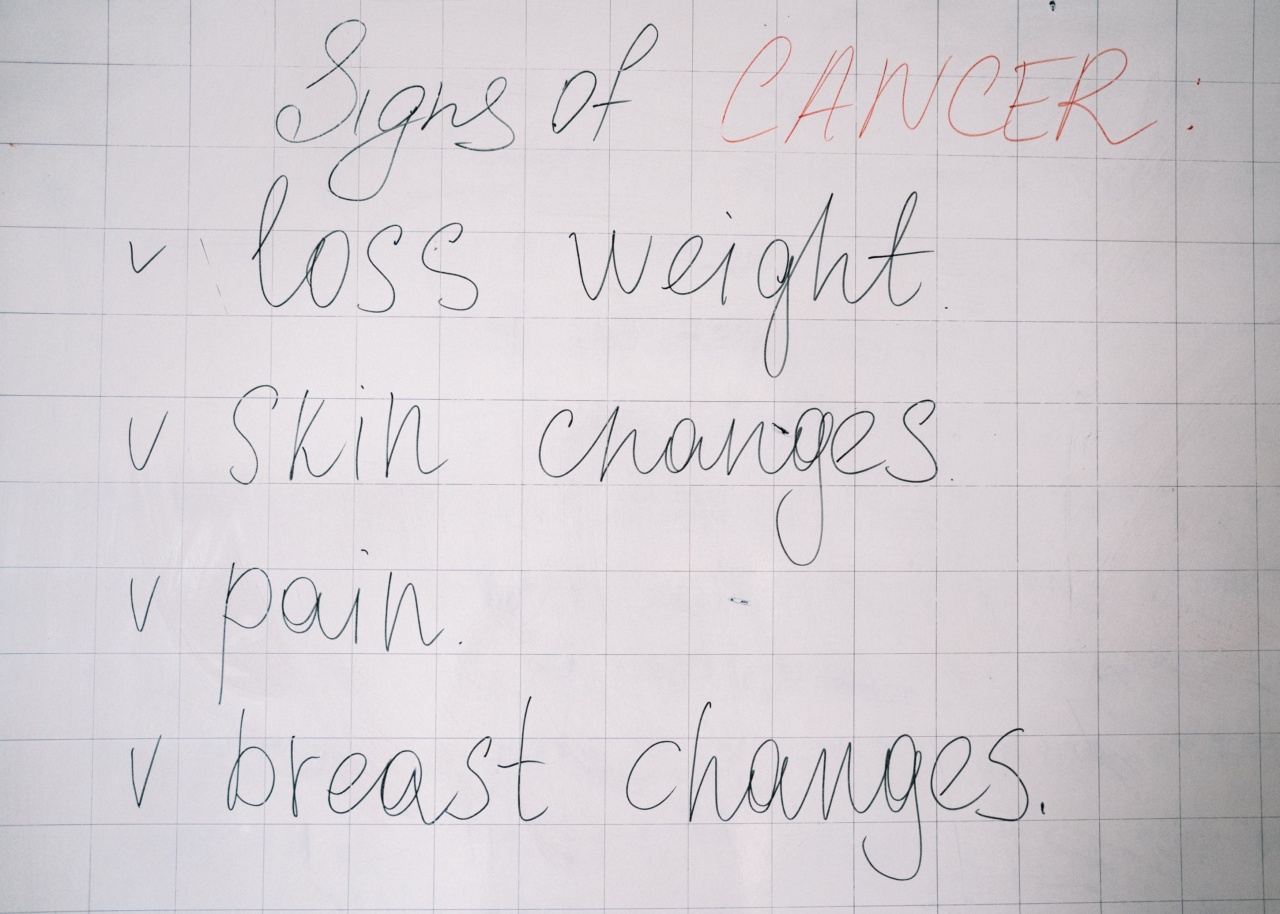Cervical cancer is a type of cancer that develops in the cervix, the lower part of the uterus that connects to the vagina.
It is the fourth most common cancer in women worldwide, and certain risk factors can increase a person’s likelihood of developing the disease. Understanding these risk factors is essential for prevention, early detection, and effective treatment. In this article, we will provide a comprehensive list of risk factors associated with cervical cancer.
1. Human Papillomavirus (HPV) Infection
Human Papillomavirus (HPV) infection is the primary cause of cervical cancer. HPV is a sexually transmitted infection that can lead to the development of abnormal cells in the cervix.
Certain high-risk strains of HPV, such as HPV-16 and HPV-18, are particularly linked to the development of cervical cancer.
2. Early Sexual Activity
Engaging in sexual activity at an early age, especially before the age of 18, increases the risk of developing cervical cancer. This may be due to an increased likelihood of early exposure to HPV or other sexually transmitted infections.
3. Multiple Sexual Partners
Having multiple sexual partners, particularly those with a history of HPV infection or other sexually transmitted infections, increases the risk of contracting HPV and developing cervical cancer.
4. Weakened Immune System
A weakened immune system, whether due to certain medical conditions (such as HIV/AIDS) or immunosuppressive medications, can make individuals more susceptible to persistent HPV infection, increasing the risk of cervical cancer.
5. Smoking
Smoking tobacco is strongly associated with an increased risk of cervical cancer. The harmful chemicals in tobacco can damage the DNA of cervical cells, making them more susceptible to cancerous changes.
6. Long-Term Use of Oral Contraceptives
Women who have taken oral contraceptives for an extended period, typically five years or more, have a slightly higher risk of developing cervical cancer compared to those who have never used them.
However, the risk returns to normal after discontinuing the use of oral contraceptives.
7. Socioeconomic Factors
Lower socioeconomic status and limited access to healthcare services, including regular cervical cancer screenings, can increase the risk of developing advanced cervical cancer. These factors may delay diagnosis and hinder timely treatment.
8. Family History
A family history of cervical cancer or a history of certain genetic conditions, such as Lynch syndrome, can increase the risk of developing cervical cancer.
Genetic factors may influence an individual’s susceptibility to HPV infection or their ability to combat the virus effectively.
9. Previous History of Cervical Cancer
Individuals with a previous history of cervical cancer are at a higher risk of developing the disease again. Regular follow-up screenings and preventive measures are crucial for early detection and intervention.
10. Lack of Regular Cervical Cancer Screenings
Not undergoing regular cervical cancer screenings, such as Pap tests or HPV tests, increases the risk of the disease going undetected or diagnosed at a later stage.
By understanding the various risk factors associated with cervical cancer, individuals and healthcare providers can work together to implement preventive measures and early detection strategies.
Regular screenings, practicing safe sex, and adopting a healthy lifestyle can significantly reduce the risk of developing cervical cancer.





























